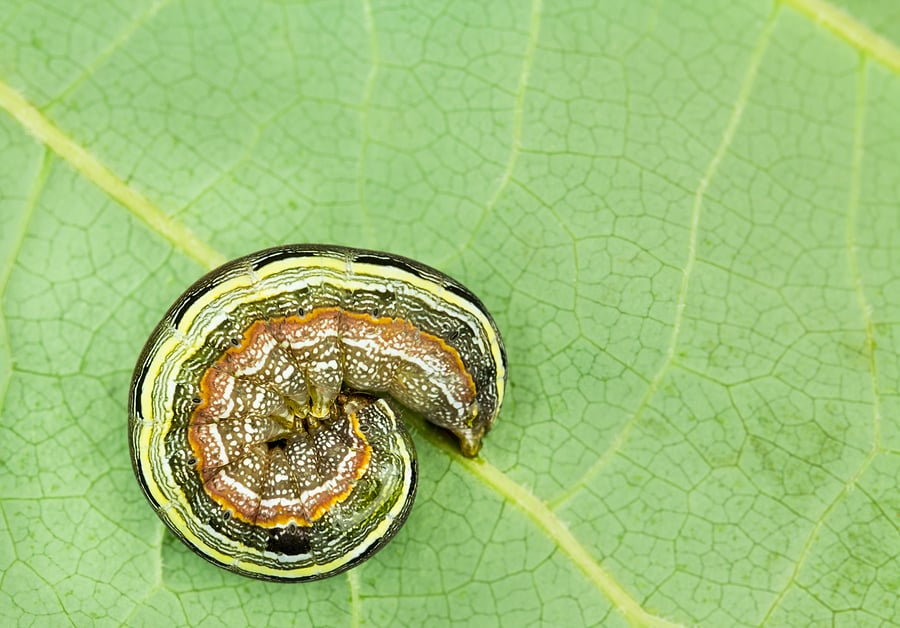READY TO GET STARTED?
REQUEST A FREE ESTIMATE
Fill out the form below or call (888) 466-7849 for a free, no-obligation estimate.

Are you noticing patchy areas of brown grass throughout your yard? This could be a sign that you have armyworms! While armyworms themselves are small, if found in large groups they can cause considerable damage to your lawn.
A type of caterpillar and a larva of moths, armyworms are striped with green, brown, and yellow colors. These pests will mostly feed on grass, plants, and vegetables. While one armyworm won’t cause significant damage, if they do end up multiplying, it can be tough to eradicate once they’ve infested the plants or grass. It’s important to know the signs of armyworms and the steps to prevent them from destroying your yard.
Signs of Armyworms
The first step in prevention is looking for signs that you have lawn and plant damage. Keep an eye out for patchy areas on your lawn that are turning brown. Brown spots in your yard are a major sign that your grass is being eaten by armyworms. Additionally, if armyworms are active on your property, you might see more birds, as well, as they will eat armyworms as a food source. You can also find these pests in their adult form as brown moths with a white spot on each wing. You can usually spot them feeding on nearby plants.
How to Prevent Armyworms
Preventing armyworms is easier than you think. Making sure that your grass is well-maintained with a good lawn care routine can help. Ensure that your grass is short by regularly mowing, frequently watering lawn and plants, and providing necessary nutrients for healthy green grass. It could be beneficial to consider reaching out to your local lawn care company or pest control provider who can provide you with an effective lawn care plan to help prevent armyworms and recommend effective products.